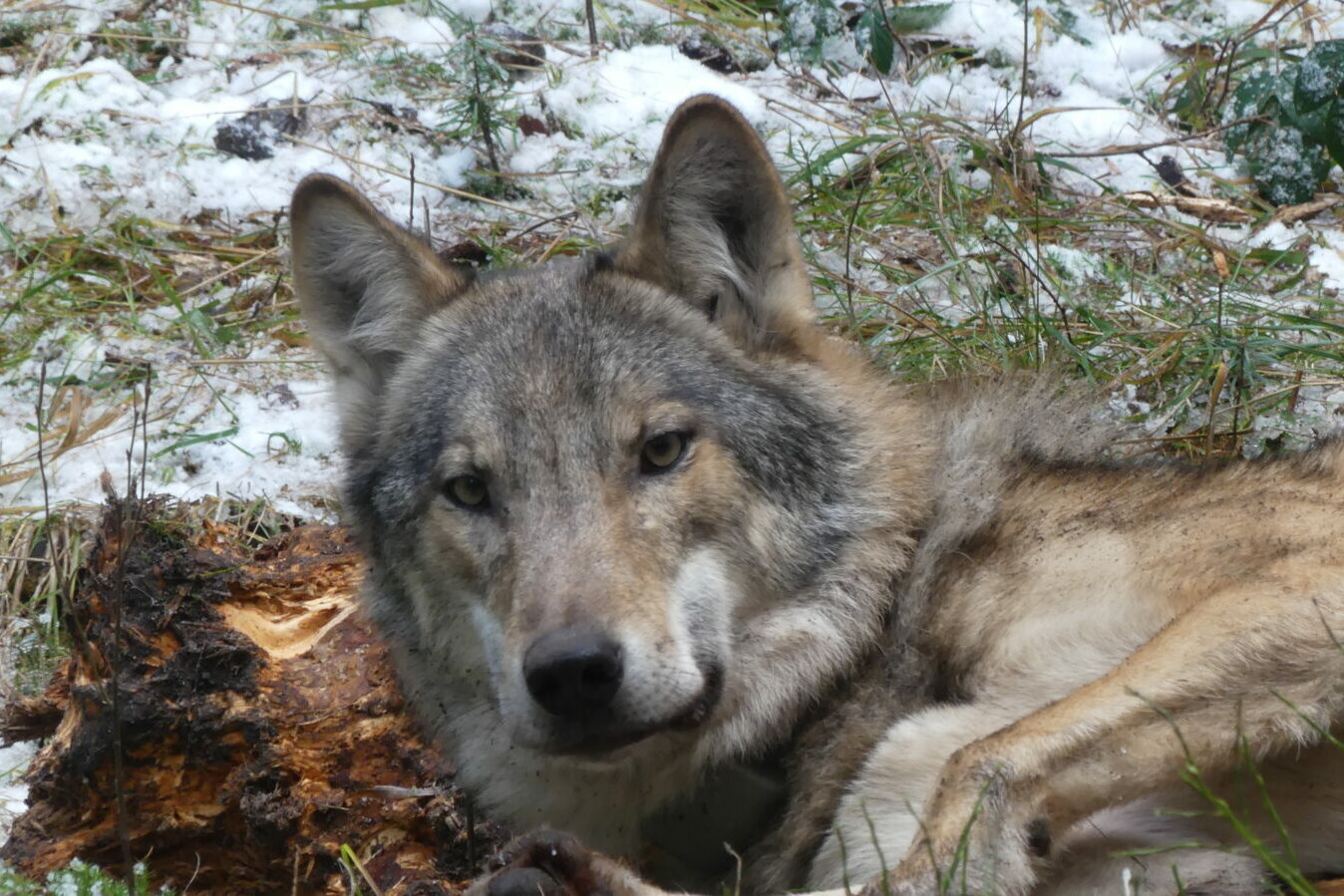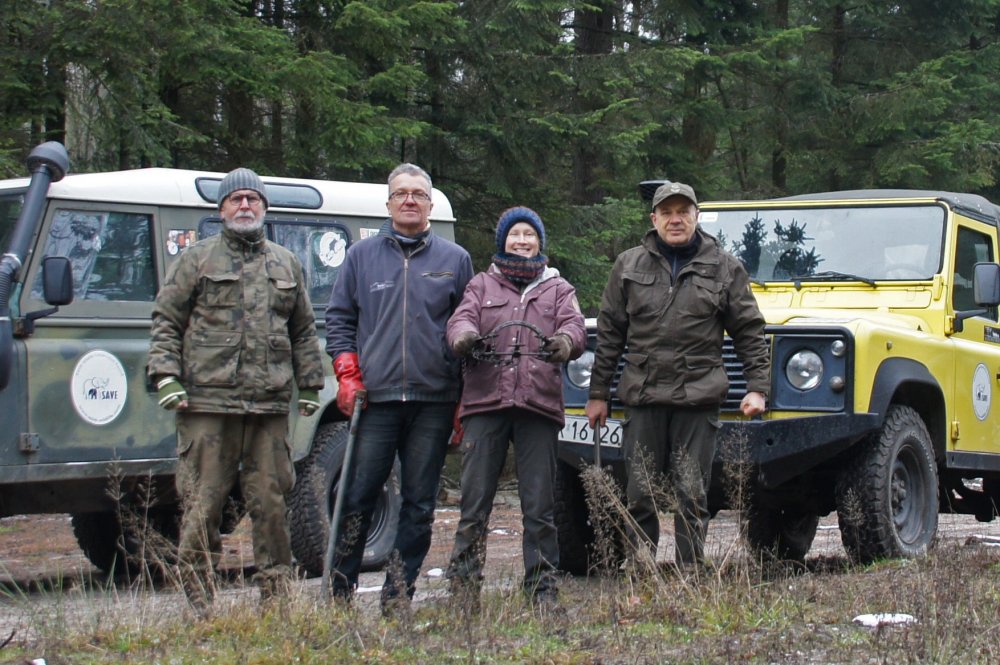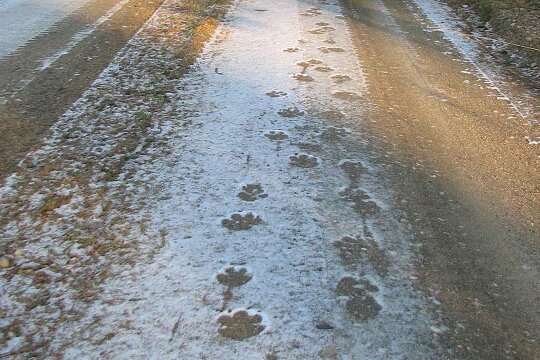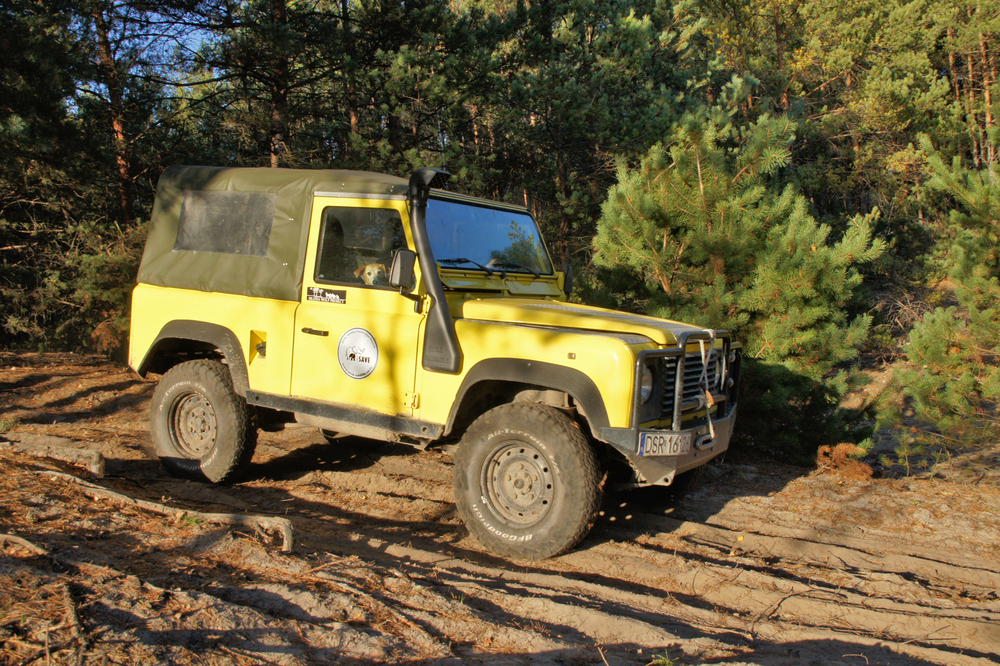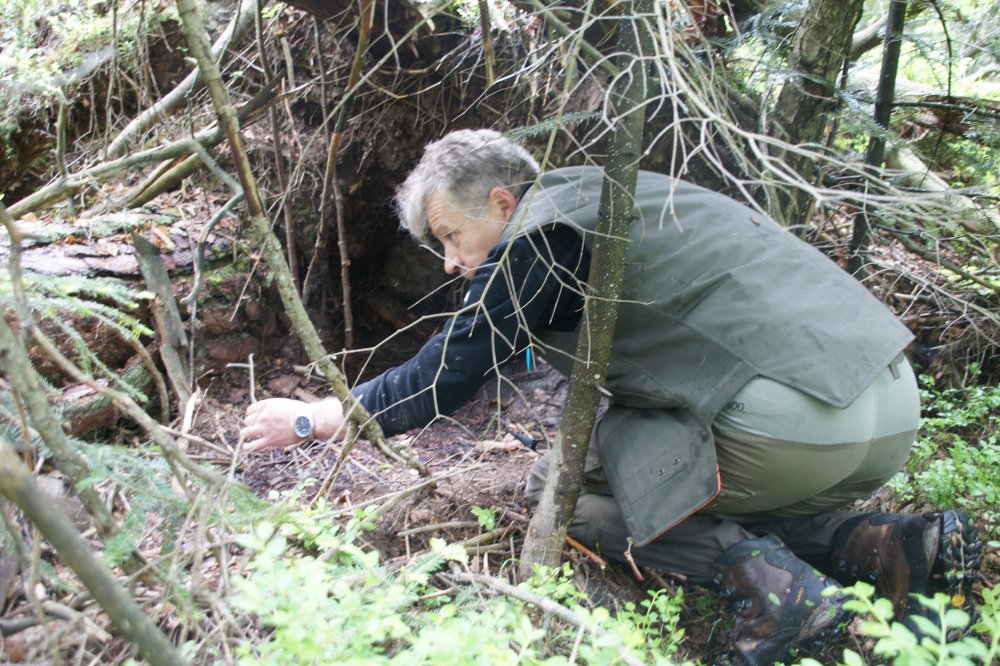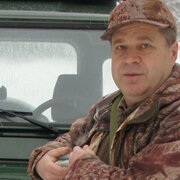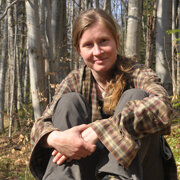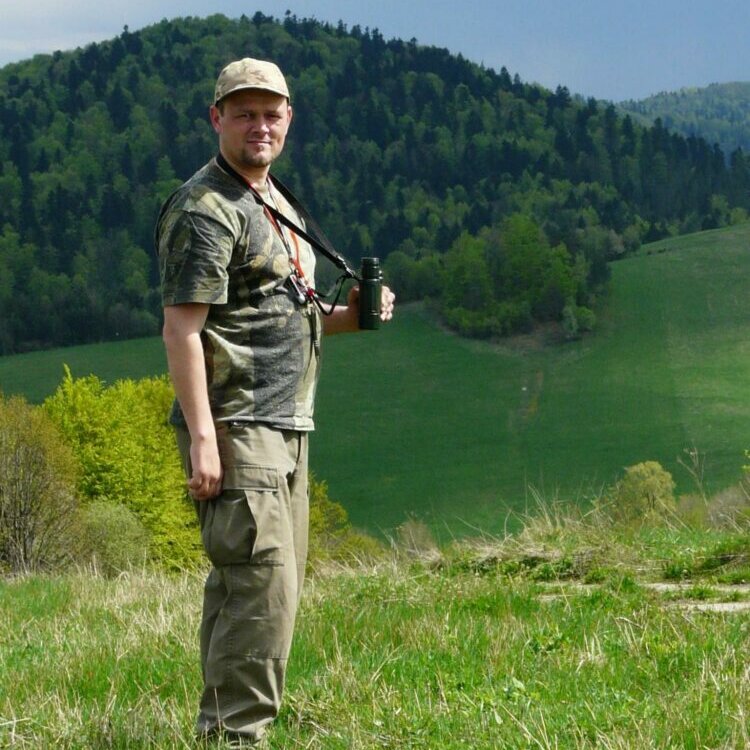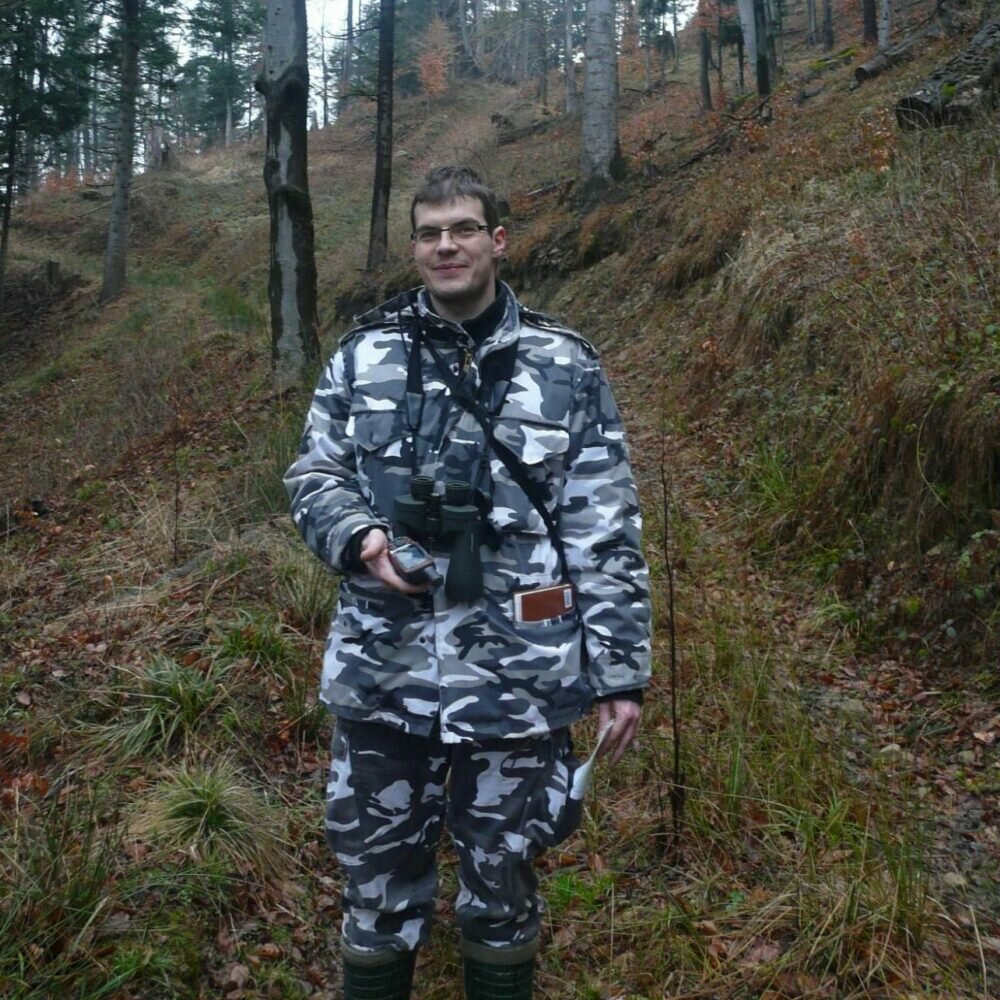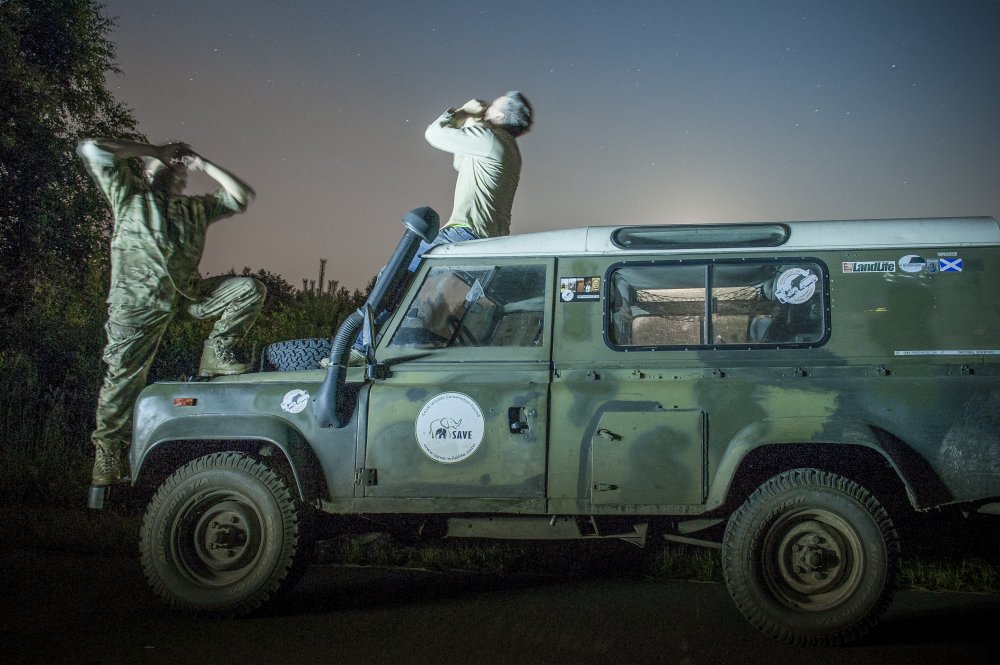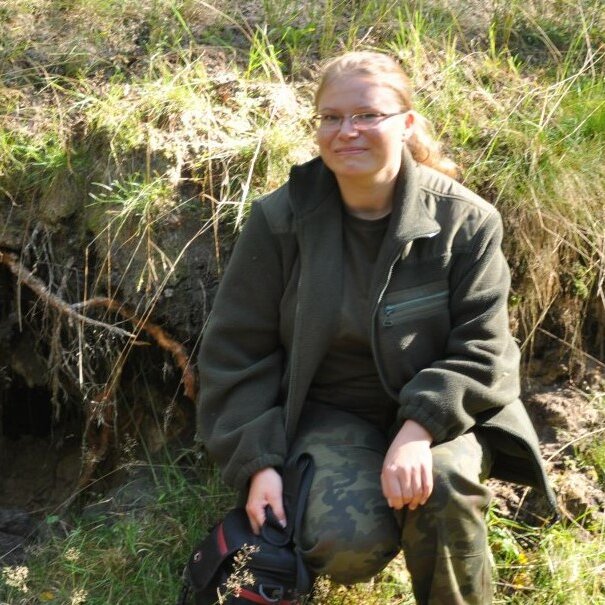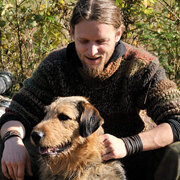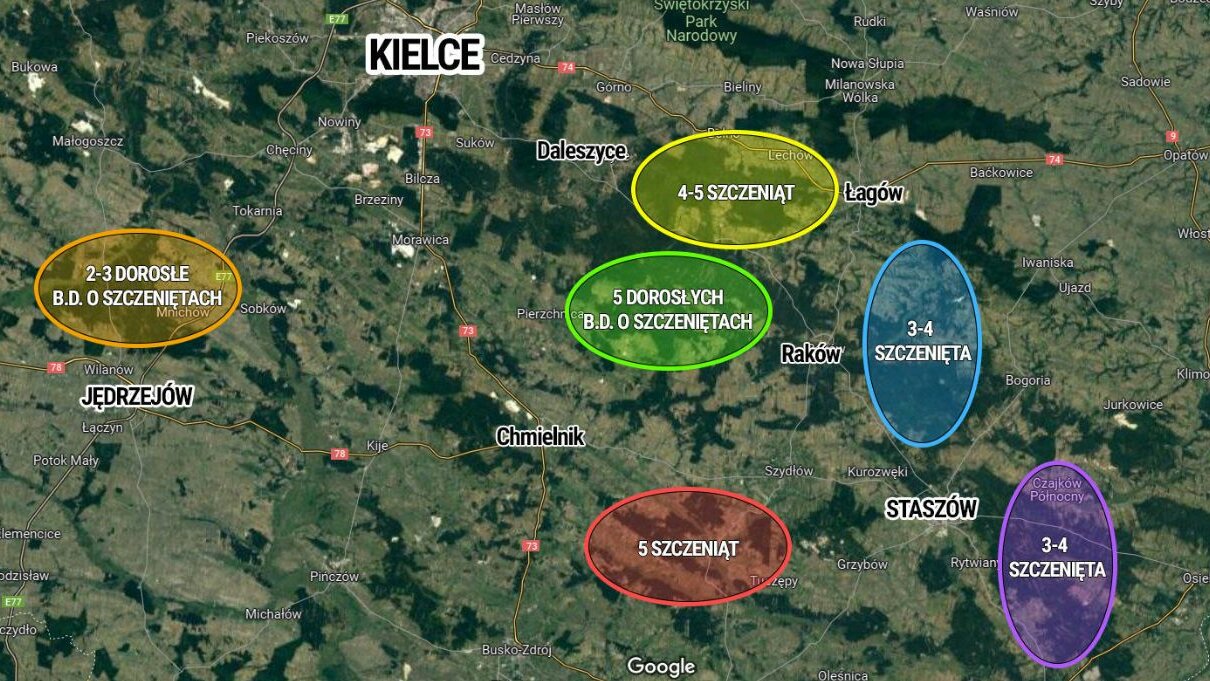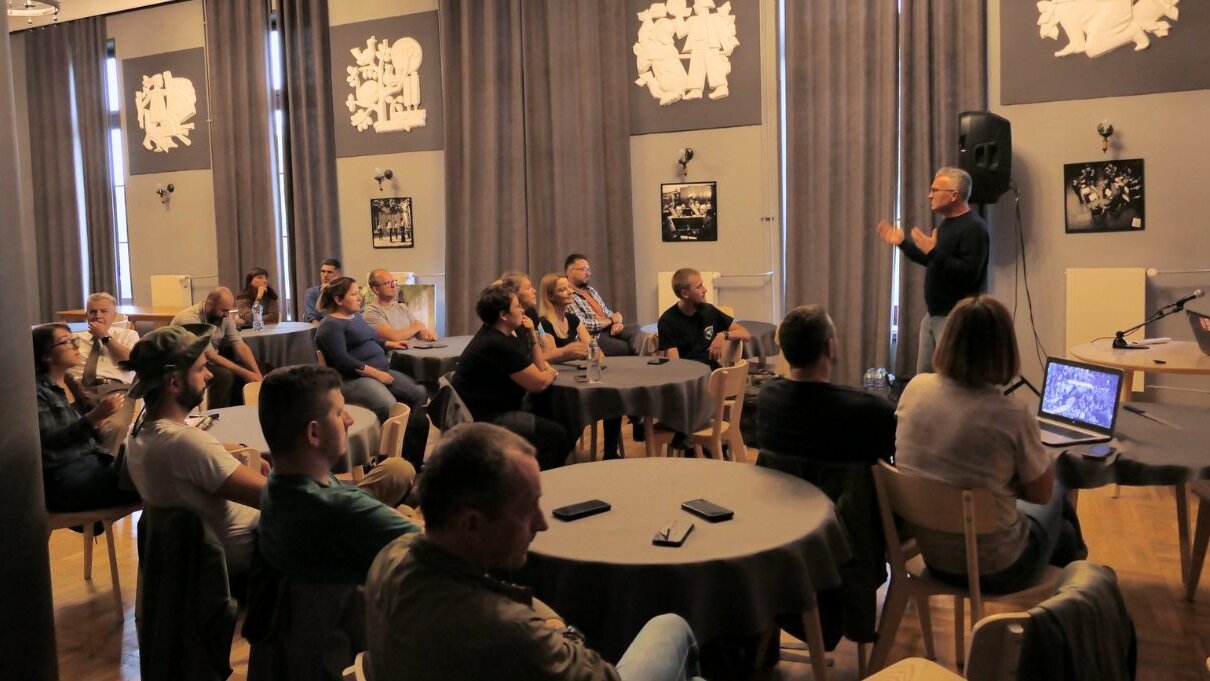Wolves in the Swietokrzyskie Region
Wolves in the Świętokrzyskie Region
Monitoring, education and protection
People have been persecuting wolves and other large carnivores in Central Europe since the Middle Ages. Currently, wolves are legally protected and are returning to the ecosystems heavily altered by humans. One of such places located in the central part of Poland is the Swietokrzyskie Region. Wolves returned here in the early 2000s and are trying to survive in this densely populated area divided by extensive road infrastructure. This region is an important link between the wolf populations living in the eastern part of the European Plain and the populations colonizing Germany and the Benelux countries.
What do we do?
The SAVE Fund in Poland supports monitoring of the progress of the region’s recolonization, counteracts poaching, protects the habitat of wolves and educates local communities enabling a conflict-free coexistence of wolves and people in the region.
We are aware of the low acceptance of these predators, as well as the myths and misconceptions that exist about those carnivores in society. Therefore, we conduct lectures and other forms of an educational activity to help local communities get used to the increasing number of wolves in their vicinity. We believe that those animals will have a better chance of survival due to these activities in the long perspective.
Wolf monitoring in the Swietokrzyskie Region
SAVE Wildlife Conservation Fund Polska
Museum and Institute of Zoology of the Polish Academy of Sciences
Financing: SAVE Wildlife Conservation Fund in Poland
Coordination and contact: Roman Gula
The wolf monitoring program of the SAVE Fund, which has been carried out since 2012, is a continuation of the monitoring of the wolf pack that has lived in the Swietokrzyska Forest since 2006. Monitoring covers the foothills of the Swietokrzyskie Mountains, located on the border of the Swietokrzyskie and Mazowieckie provinces. The methods include recording all traces of wolves, snow tracking, howling stimulation, and diet composition analysis. The results are published every year in the form of reports in Polish and English.
Team of the wolf monitoring in the Swietokrzyskie program

WILKnet is an initiative of people involved in the research, monitoring and protection of wolves in Poland. We regularly publish in the ‘News’ section current information on research and monitoring projects as well as events related to the protection of wolves. We encourage scientists and nature protection employees to participate in the project. The news and updates are promoted on social media.
People cooperating in the WILKnet project
Reports
Other reports, sources of information about wolves and additional materials can be found in the “Download area“.
Support our research of the wolf population
With your support we can monitor the recolonization
of these extraordinary animals in Poland.


